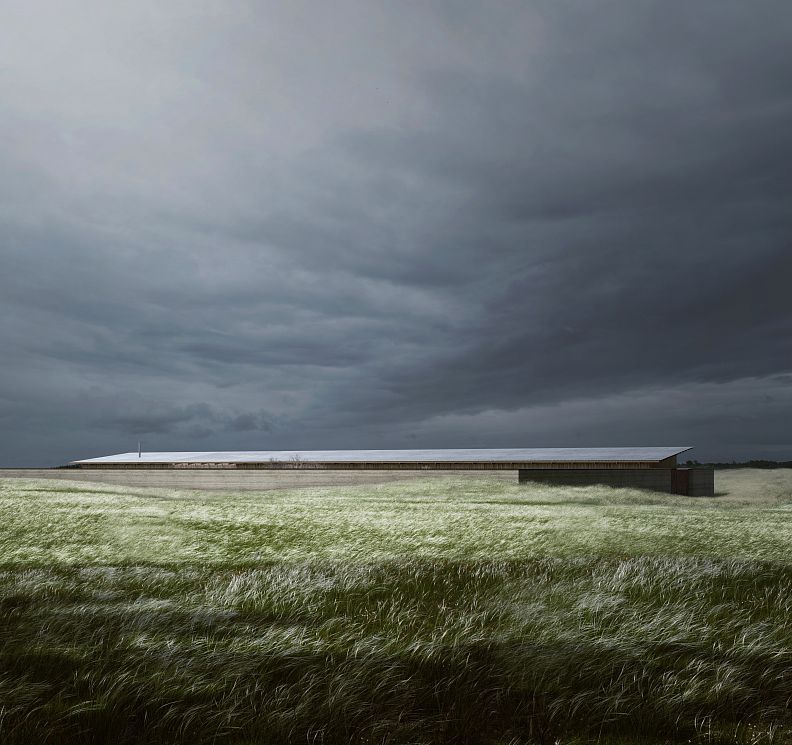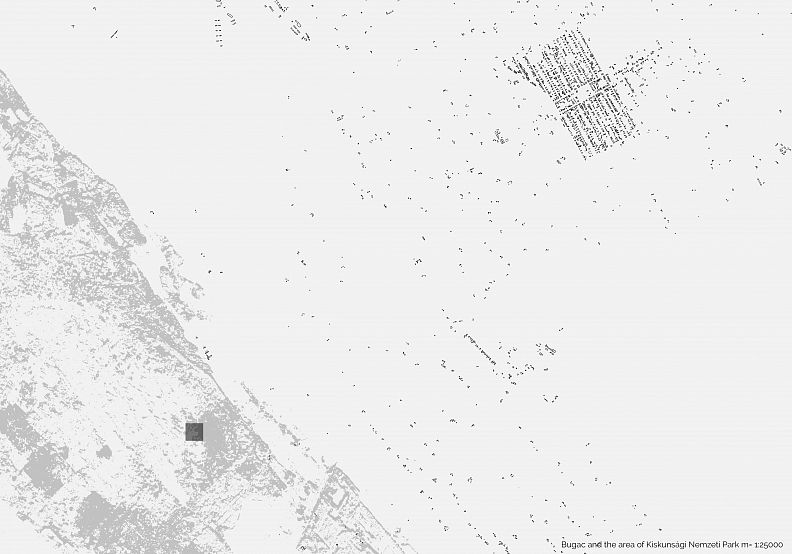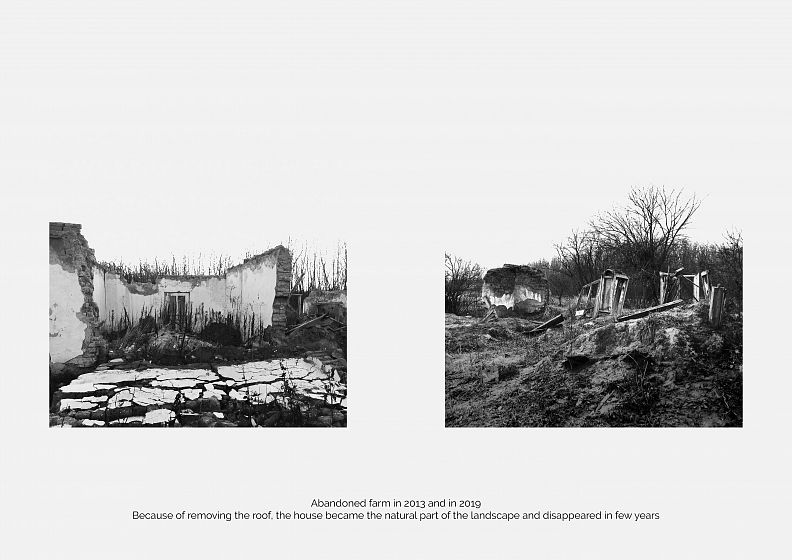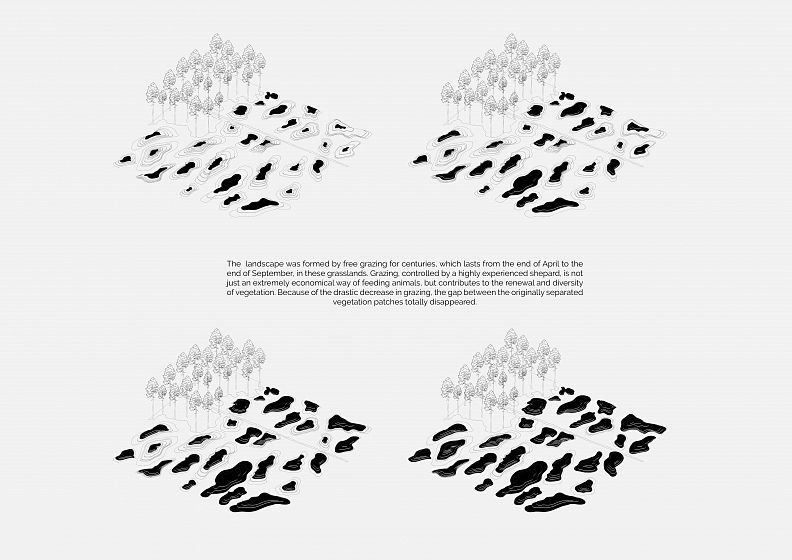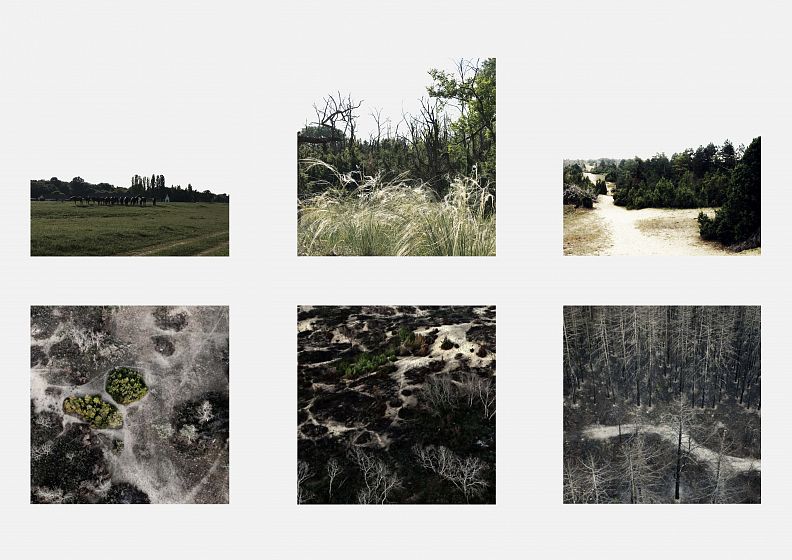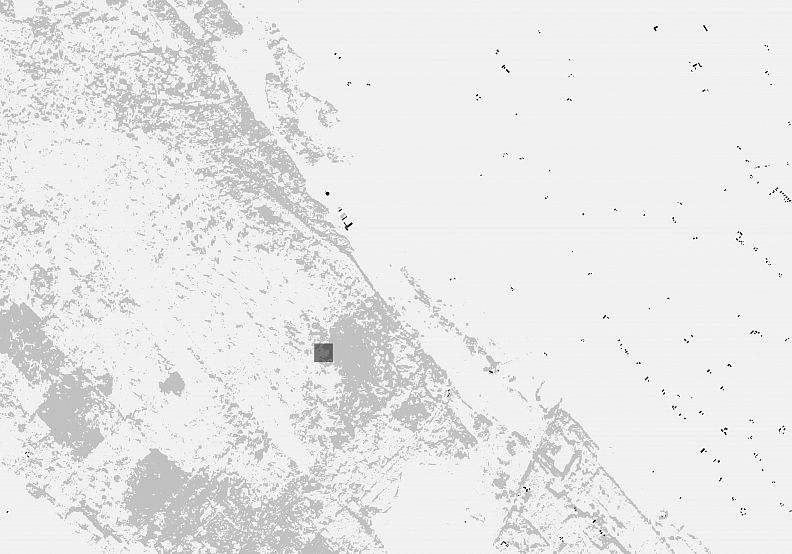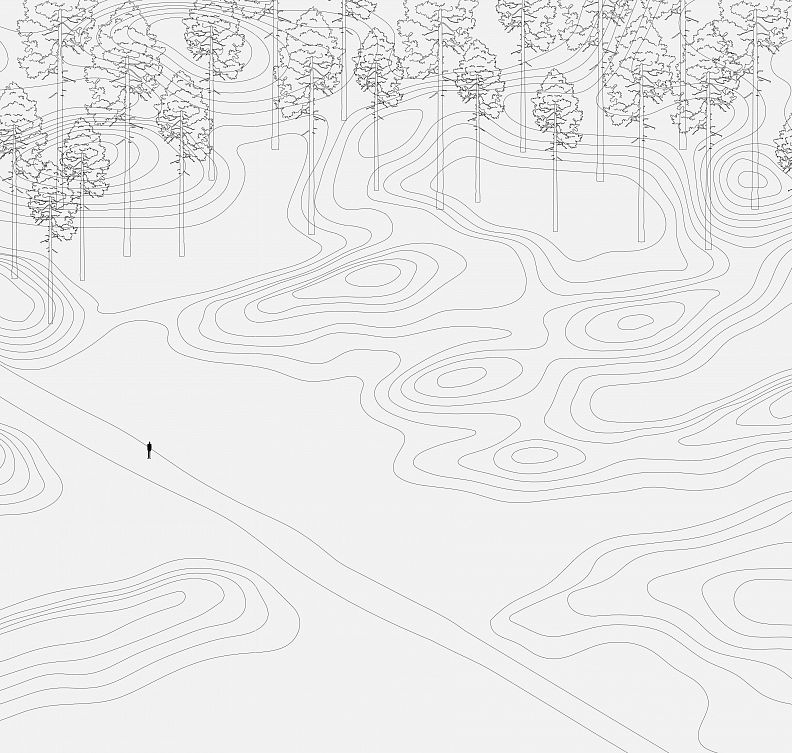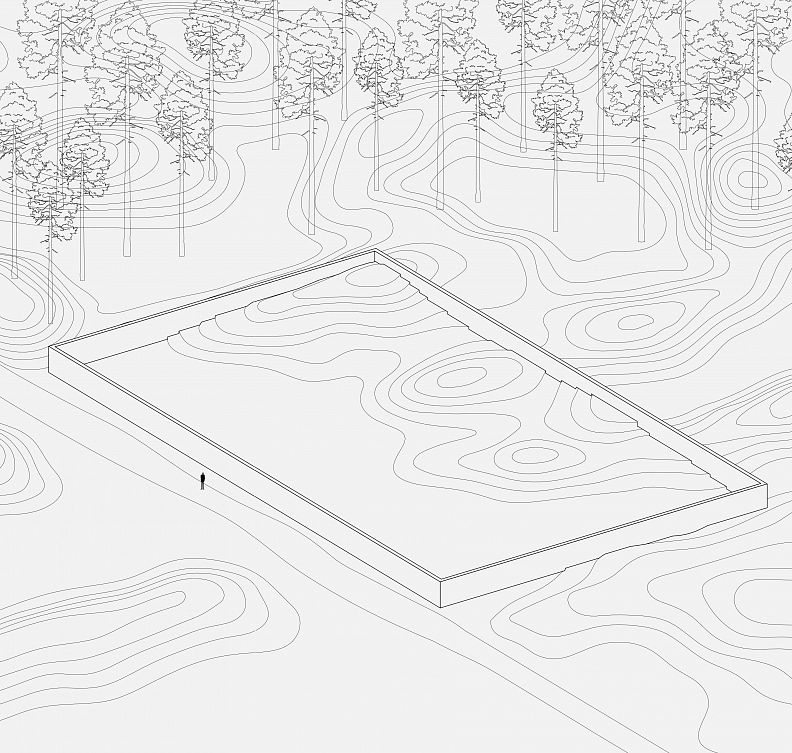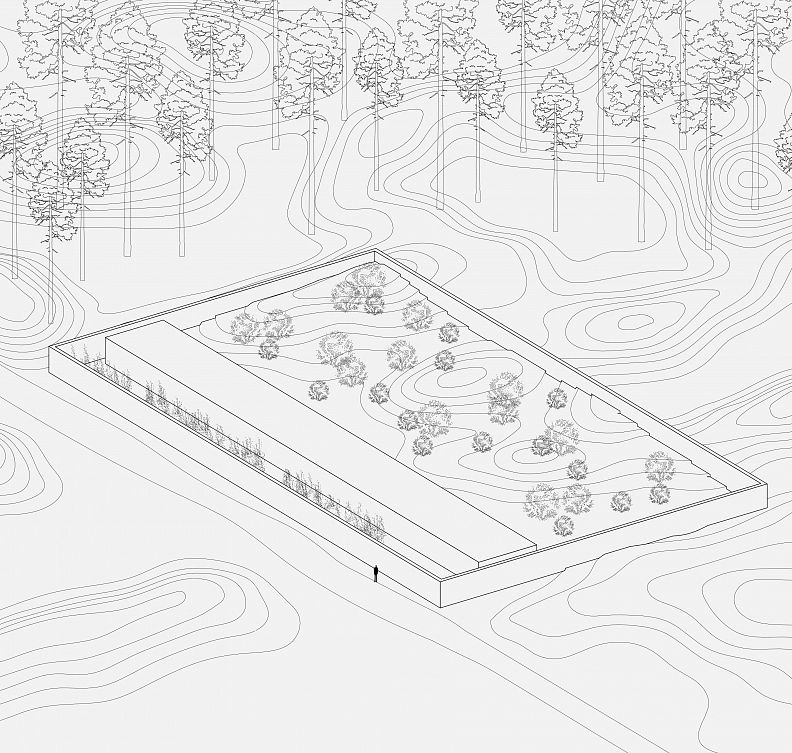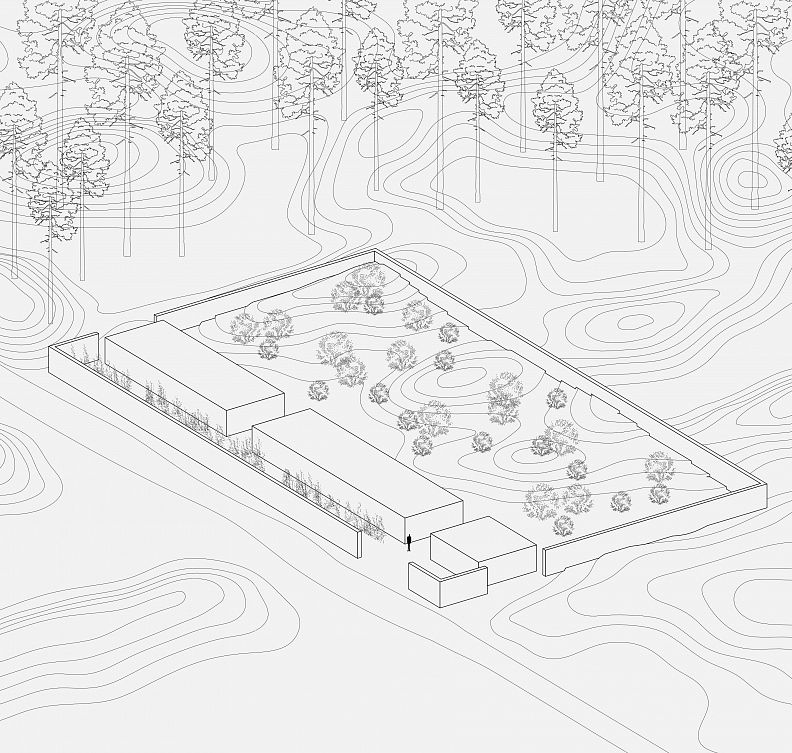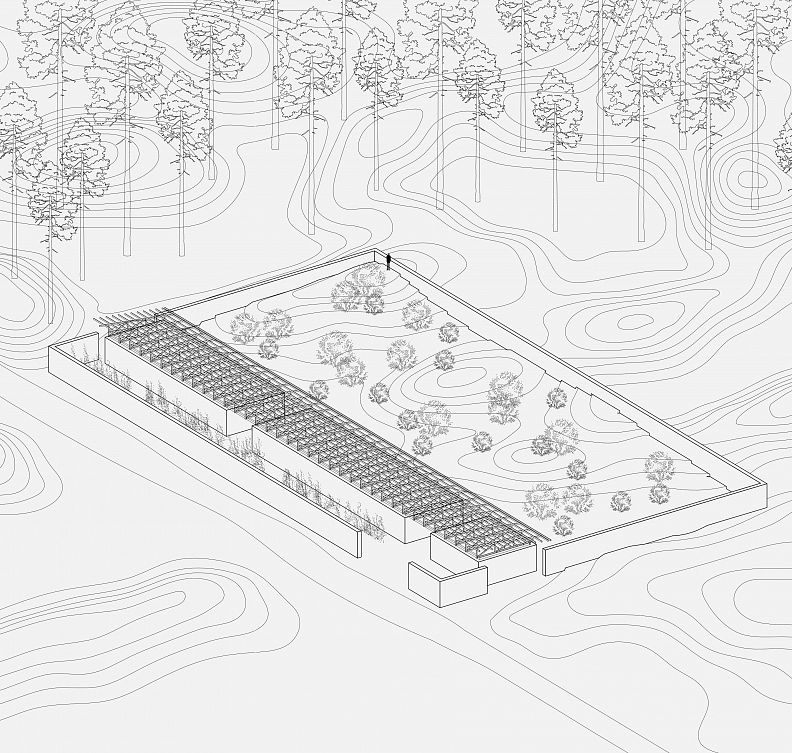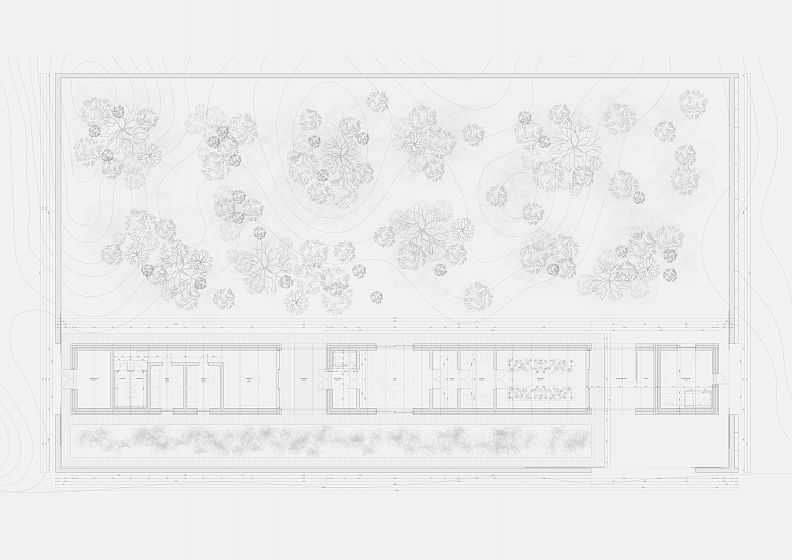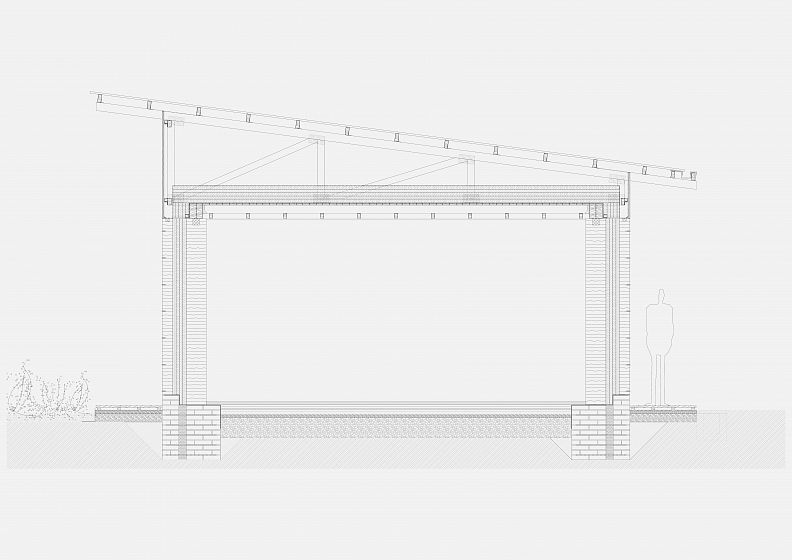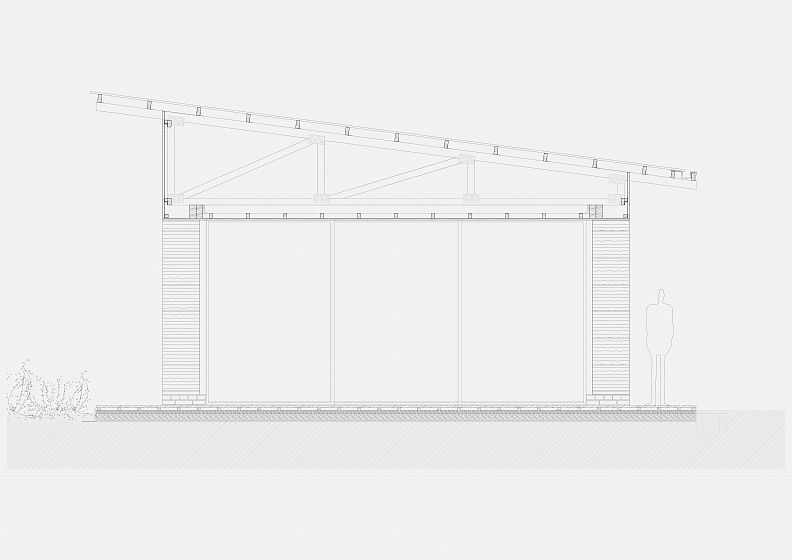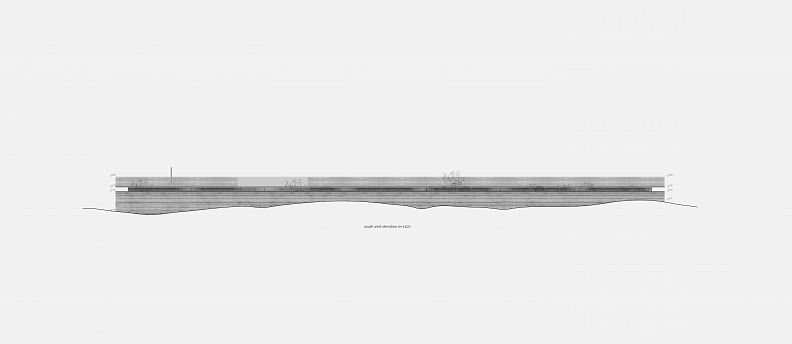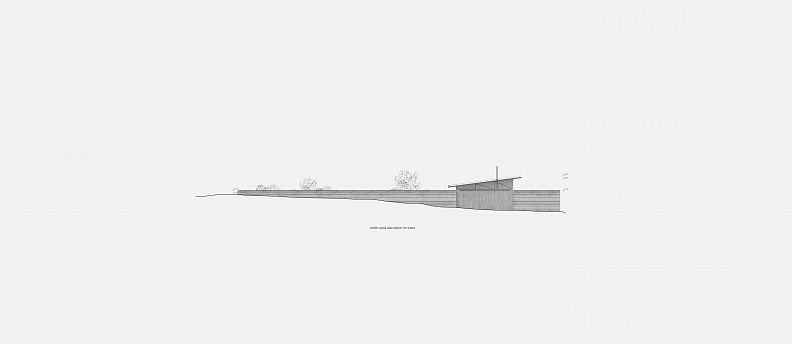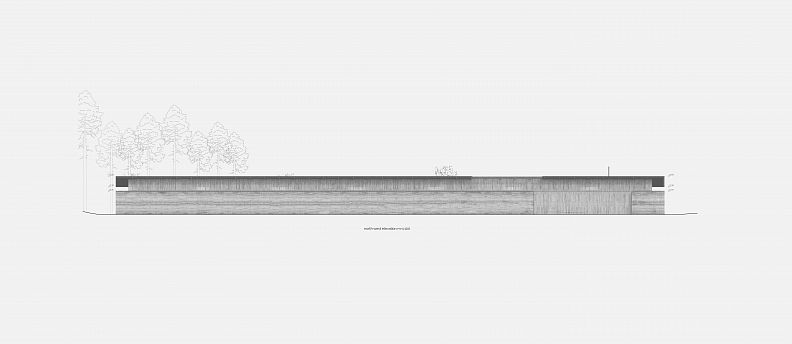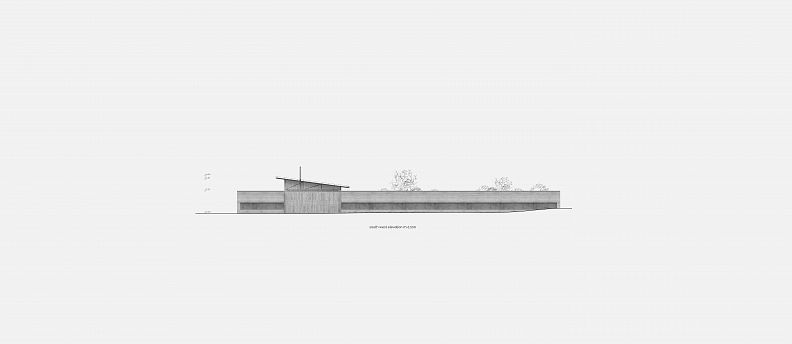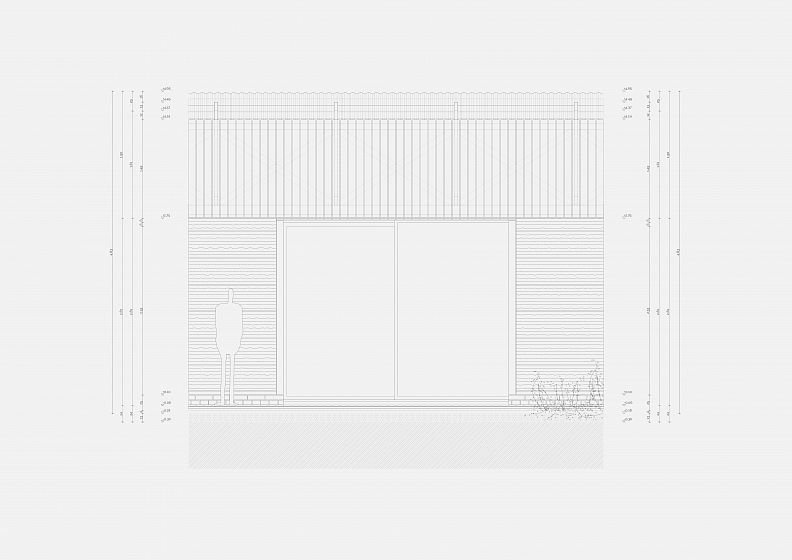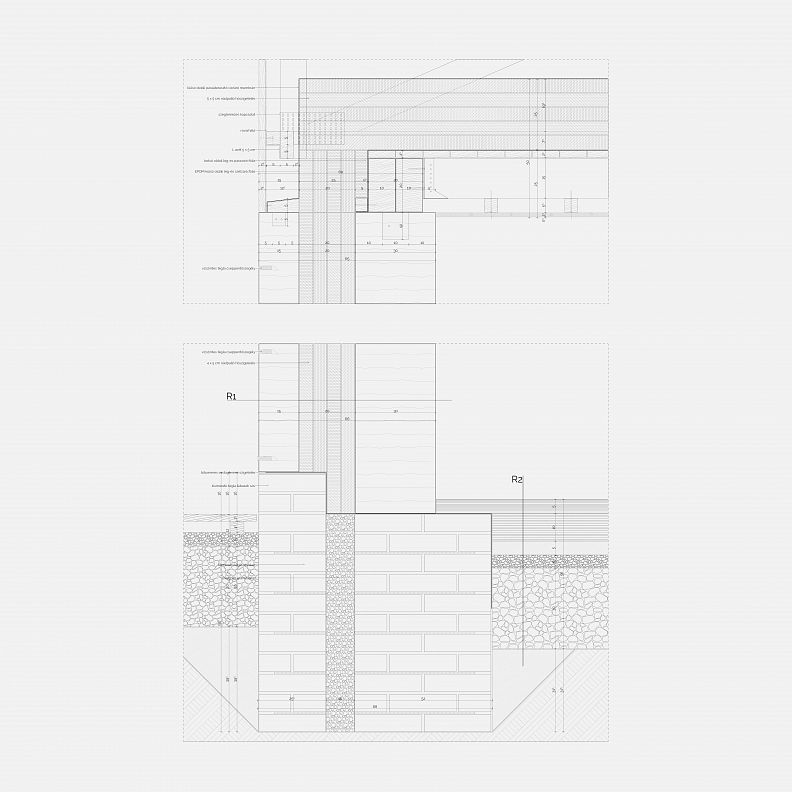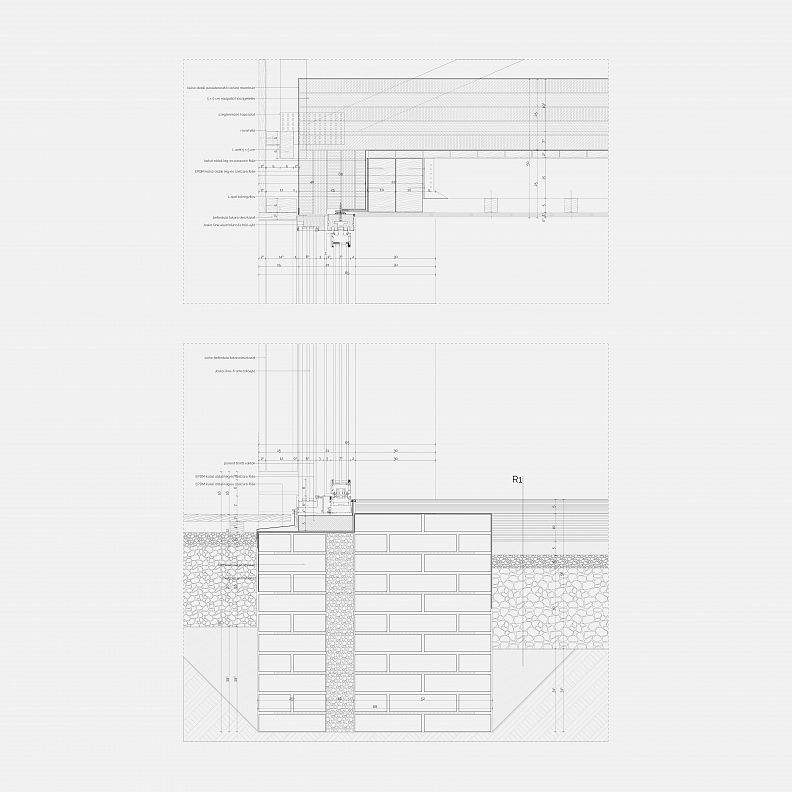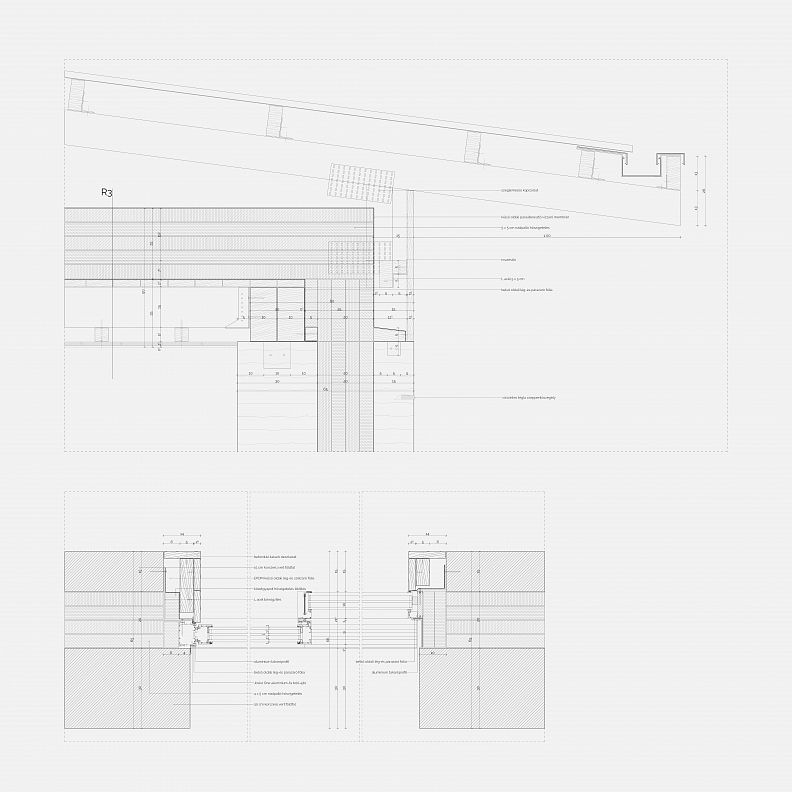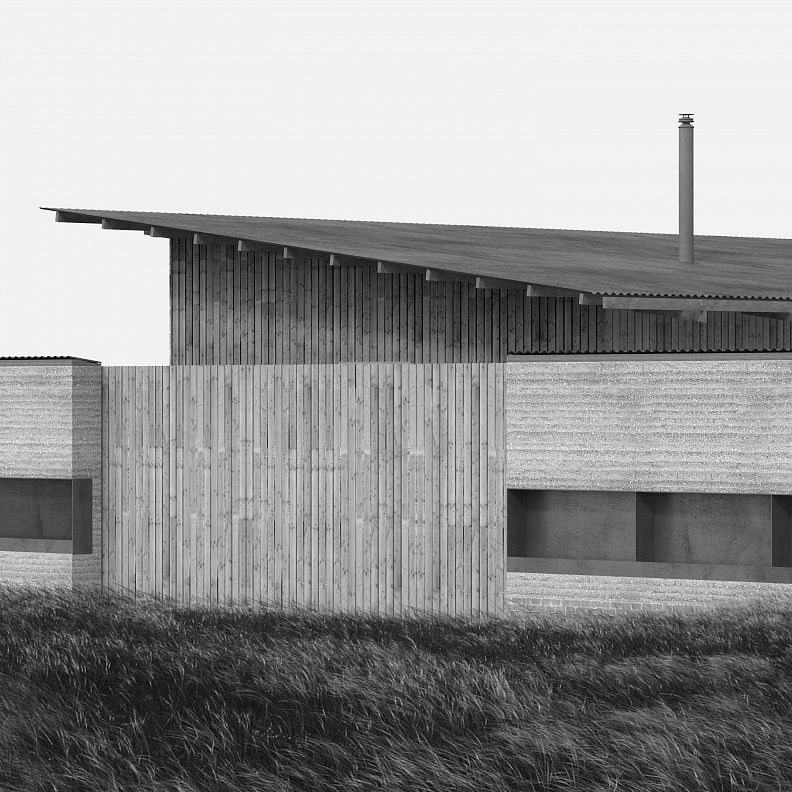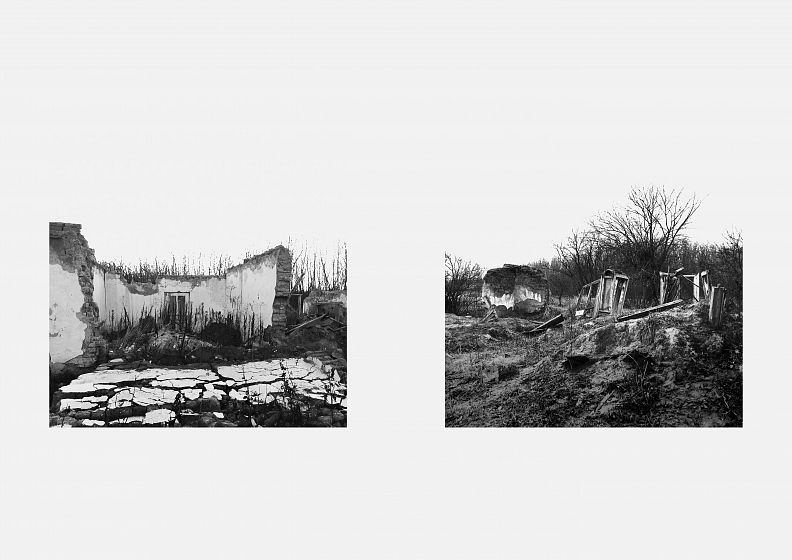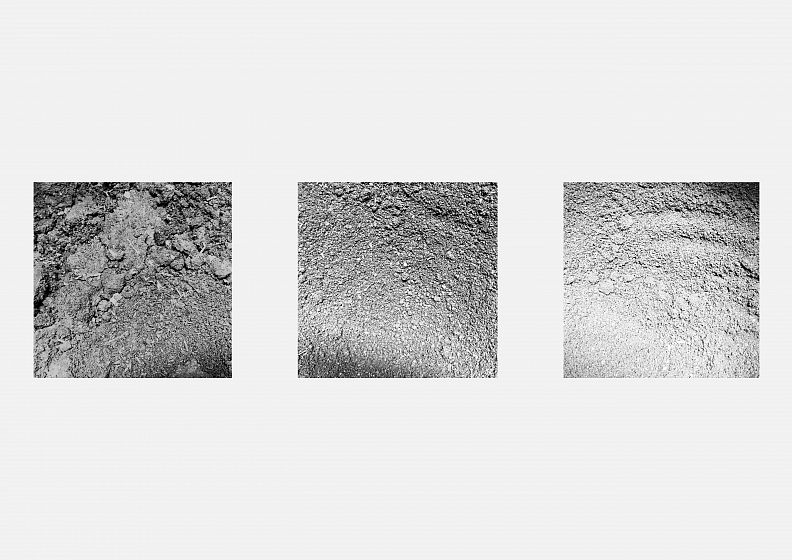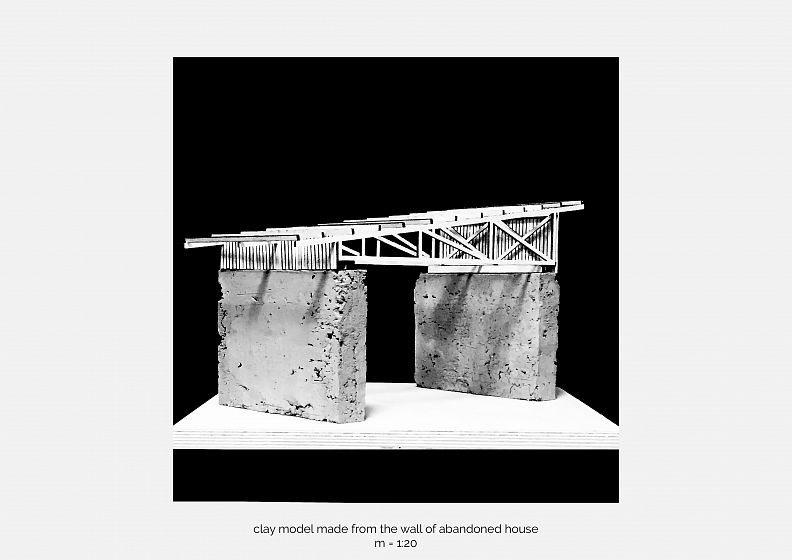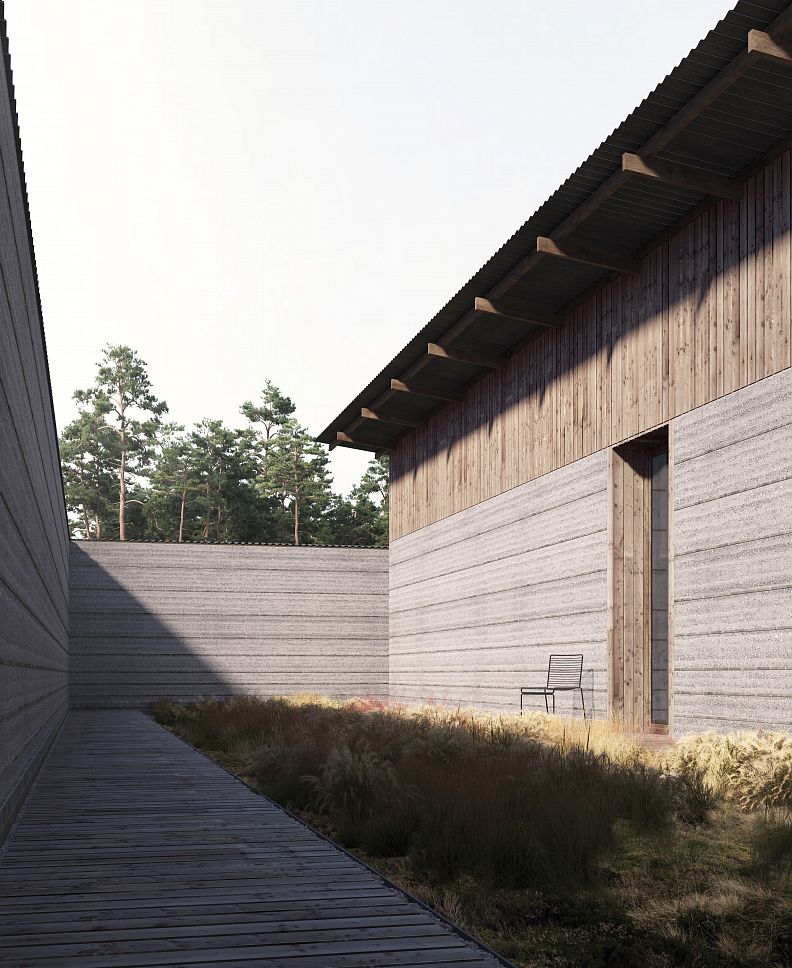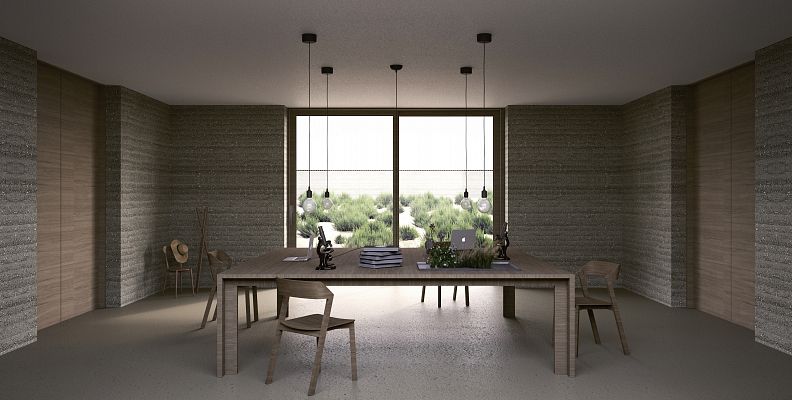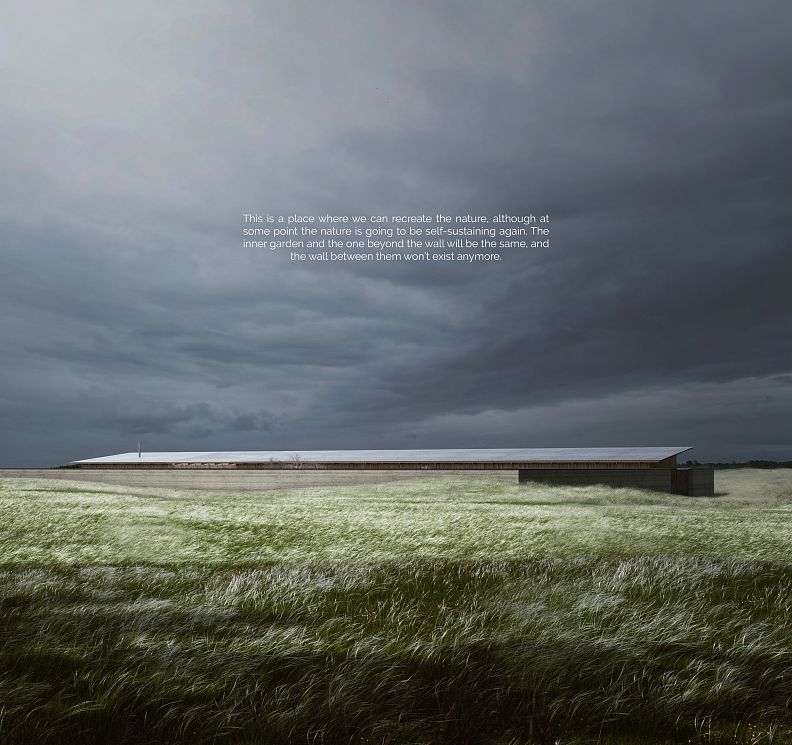Landscape Restoration Center

Project idea
Architectural master thesis which was made in 2020 at Budapest University Technology and Economics. This work is about how can we recreate one piece of nature with the help of architecture. In this case the house is just a tool, tool of intervention, which will become the part of the landscape if the time arrives.
The site is situated in a national park of Hungary, called Kiskunsági Nemzeti Park, which was founded in 1975. The closest village, Bugac, has the population of 2580. Fifty years ago the number was 4980. In line with that, number of farms decreased by half. Grazing disappeared, the bond between human and nature has broken up. Climate change and the forced economy of socialism have caused serious amount of damage. In 2012, the landscape of the national park has been almost completely devastated by an extended wildfire.
The landscape was formed by free grazing for centuries, which lasts from the end of April to the end of September, in these grasslands. Grazing, controlled by a highly experienced shepard, is not just an extremely economical way of feeding animals, but contributes to the renewal and diversity of vegetation. Because of the drastic decrease in grazing, the gap between the originally separated vegetation patches totally disappeared.
As a consequence, the native vegetation (Juniperus communis) almost completely devastated by an extended wildfire in 2012. The high density of Juniperus communis burned very easily, couldn’t regenerate and totally disappeared from the affected area.
Project description
The site is at the borderline of two types of vegetation, an artificial pine forest and the native juniperus communis. The topology of the surface becomes different when the visitors get out of the forest. The remaining groups of the dark green bushes can be found on slightly waving sand dunes, which can reach the height of 20 meters.
The main characters of the plot are the researchers and the shepherd. The longitudinal mass is divided in three parts. The first block contains the accommodation and communal spaces are designed for four researchers. The space of laboratory and greenhouse are located in the middle one. Last one is the shepherd's block which is a central space. The goal of interior design is to be as minimal and puritanical as possible, every additional element which not necessary is not welcomed. The time spent here certainly will slow down, days, weeks, months will pass.
This is a place where we can recreate the nature, although at some point the nature is going to be self-sustaining again. The inner garden and the one beyond the wall will be the same, and the wall between them won’t exist anymore.
Technical information
The primary structure of the building is a rammed earth wall. Ideally, the life cycle of a wall made from locally excavated materials can be realized in a very simple way. Due to its nature, clay can be found anywhere in the world, in a mixture with gravel and earth can results a strong and unique building material in each case.
All the details - connection between the roof and the wall, installation of doors and windows - were designed in a way that considering the relatively short lifetime of the building. The roof, compared to the extremely heavy wall, is an additional element which is easily removable, the individual water blocks are transportable, the doors and windows are reusable. Below the line of the roof, every component is made from natural building material and has the ability to be part of landscape again.
